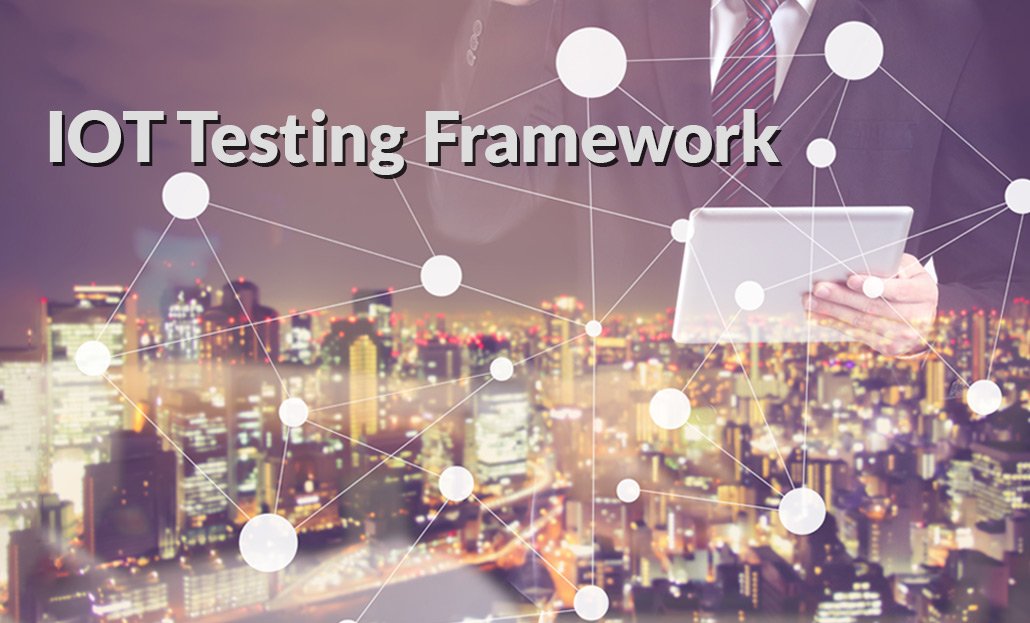Introduction to IoT Testing, What is the Internet of Things?, Key Features of IoT, Technology used in IoT, Advantages of IoT, Disadvantages of IoT, and IoT (Internet of Things) Testing.
Introduction to IoT Testing
What is IoT (Internet of Things)?
The IoT (Internet of Things) is the connection of vehicles, home appliances, medicinal equipment using embedded electronics, microchips etc. to collect and exchange data of a different kind is called IoT. This technology allows the user to control devices remotely over a network.
IoT Example:
Smart Watches, Smart wearable watches are easily synchronized with mobile phones. using these it’s capturing such as sleeping activity, daily physical activity and see the mobile notification and attending the call.
Features of Internet of Things (IoT)
Any IoT device comes up with the following features:
1. Connectivity
In the case of IoT, the most important feature one can consider is connectivity. Without seamless communication among the interrelated components of the IoT ecosystems (i.e sensors, compute engines, data hubs, etc.) it is not possible to execute any proper business use case.
2. Integrating
IoT integrating the various models to improve the user experience as well.
3. Analyzing
After connecting all the relevant things, it comes to real-time analyzing the data collected and use them to build effective business intelligence. If we have a good insight into data gathered from all these things, then we call our system has a smart system.
4. Artificial Intelligence
IoT makes things smart and enhances life through the use of data. For example, if we have a coffee machine whose beans have going to end, then the coffee machine itself order the coffee beans of your choice from the retailer.
5. Sensing
The sensor devices used in IoT technologies detect and measure any change in the environment and report on their status. IoT technology brings passive networks to active networks. Without sensors, there could not hold an effective or true IoT environment.
6. Active Engagement
IoT makes the connected technology, product, or services to active engagement between each other.
7. Endpoint Management
It is important to be the endpoint management of all the IoT systems otherwise, it makes the complete failure of the system.
Technologies used in IoT:
1.Radio Frequency Code(RFID)tags and Electronic Product Code(EPC)
2. Near Field Communication(NFC) is used to activate two-way interaction b/w electronic devices.
3. Bluetooth is used for short-range communication.
4. Z-wave
5. WIFI
What is IoT testing?
It is also a type of testing in which we test IOT devices which we tested interconnected IoT devices and networks.
Types of IoT Testing:
1. Usability Testing:
There are many devices of different measurements are used by the users.so perceptions vary from user to user.thats why usability testing is very important in IoT testing. Usability testing in terms of displaying data, processing data, etc should be tested thoroughly.
2. Compatibility Testing:
There are many devices that are connected through IoT system that’s why the tester perform compatibility testing.
3. Data integrity Testing:
In which we test the integrity of data in IoT testing as it involves a huge amount of data.
4. Security Testing:
It is important to validate the user via authentication.
5. Performance Testing:
It is important because in this type of IoT device every second’s thousands of users hot the API.
1. Manual Testing Complete Tutorial
6. Domain Knowledge for IT Professionals
7. Selenium Full Course Videos
Follow me on social media: